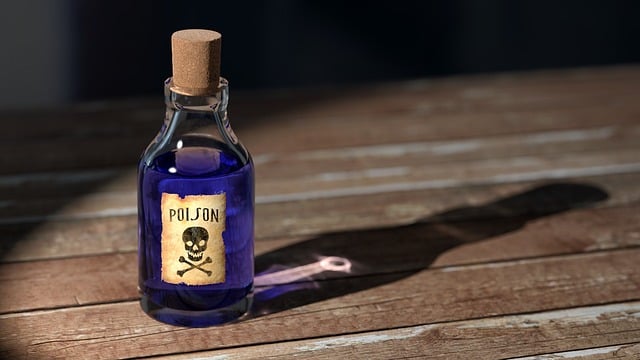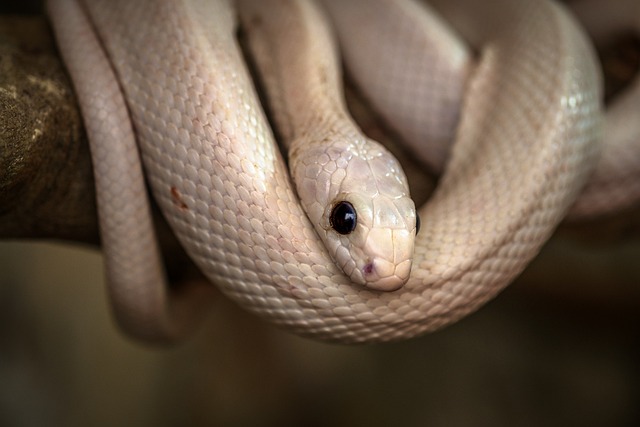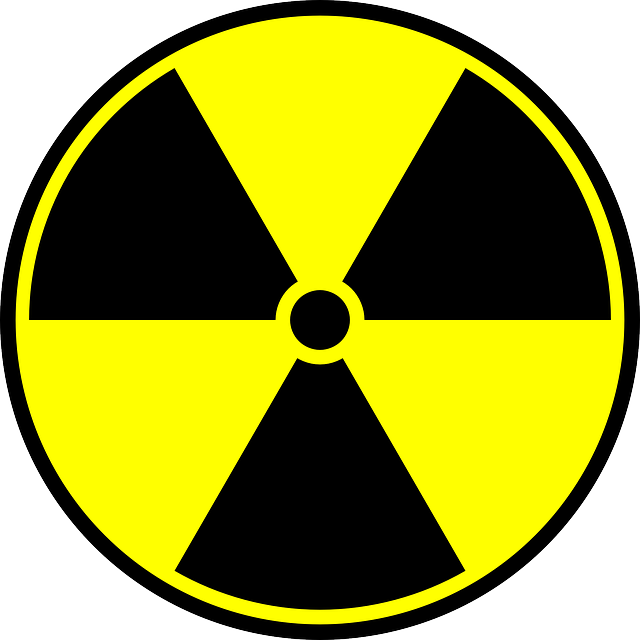Black mold (Stachybotrys chartarum) is a harmful fungus thriving in damp indoor environments, posing significant health risks like respiratory issues and allergies. It often hides behind walls or under floors, affecting vulnerable individuals with symptoms ranging from coughing to neurological problems. Prevention involves addressing moisture issues, proper ventilation, regular cleaning with mold-inhibiting cleaners, and periodic inspections to mitigate black mold health risks.
“Uncover the insidious nature of black mold and its pervasive spread indoors in this comprehensive guide. Understanding what black mold is and where it thrives is the first step towards mitigating potential health risks. This article delves into the hidden dangers associated with black mold exposure, shedding light on its adverse effects on well-being.
Furthermore, discover practical strategies to prevent and control its growth, ensuring a healthier home environment. By implementing these effective measures, you can significantly reduce black mold health risks and create a more comfortable living space.”
- Understanding Black Mold: What It Is and Where It Thrives Indoors
- The Hidden Dangers: Black Mold Health Risks and Potential Impacts
- Preventing and Controlling the Spread: Effective Strategies for a Healthy Home Environment
Understanding Black Mold: What It Is and Where It Thrives Indoors

Black mold, scientifically known as Stachybotrys chartarum, is a type of fungus that thrives in damp and humid indoor environments. It’s often characterized by its black or green-black appearance, but it can also be hard to spot as it grows hidden behind walls, under flooring, or inside cavities. This mold is particularly concerning due to its associated health risks. Exposure to black mold spores can lead to a range of issues, including respiratory problems, allergies, and even neurological symptoms in sensitive individuals.
Indoors, black mold prefers areas with persistent moisture, such as bathrooms, kitchens, and basements. It can grow on various surfaces like wood, paper, insulation, and drywall. The mycelium, or thread-like structure, of the mold breaks down organic materials, which is why it’s often found in places where water damage has occurred or where there’s a continuous source of moisture. Without proper ventilation and quick drying after water leaks or high humidity, black mold can spread rapidly, posing potential risks to the health of occupants.
The Hidden Dangers: Black Mold Health Risks and Potential Impacts

Black mold, often referred to as Stachybotrys chartarum, is a type of fungus that can pose significant health risks to individuals exposed to it. While many people might think of mold as a mere cosmetic issue, black mold health risks are substantial and can have long-lasting effects on one’s well-being. When present indoors, this fungus can release harmful spores into the air, leading to various respiratory problems, allergies, and even neurological issues over time.
The potential impacts of black mold on human health are vast. Short-term exposure may cause symptoms such as coughing, sneezing, runny nose, eye irritation, and skin rashes. Prolonged or chronic exposure can result in more severe conditions, including chronic sinus infections, asthma exacerbation, memory impairment, and even neurological disorders like multiple sclerosis. Vulnerable populations, such as children, the elderly, and individuals with pre-existing respiratory conditions, are especially at risk. Recognizing the hidden dangers of black mold health risks is crucial for taking appropriate measures to prevent and mitigate its spread indoors.
Preventing and Controlling the Spread: Effective Strategies for a Healthy Home Environment

Preventing and controlling the spread of black mold is crucial for maintaining a healthy home environment, as it poses significant health risks associated with its toxic spores. Regular cleaning and maintenance are key strategies to stop its growth. Begin by addressing any water leaks or moisture issues promptly, as these create ideal conditions for mold development. Ensure proper ventilation in areas prone to high humidity, such as bathrooms and kitchens, using fans or air conditioning to reduce moisture levels.
Additionally, consider implementing a robust cleaning routine, focusing on surfaces that trap dust and moisture. Use non-toxic, mold-inhibiting cleaners to safely remove existing mold and prevent future growth. Regularly inspect hard-to-reach areas and under furniture for any signs of mold, as it can hide in dark, damp corners. By adopting these effective strategies, you can significantly reduce the presence of black mold, creating a healthier living space free from associated health risks.
